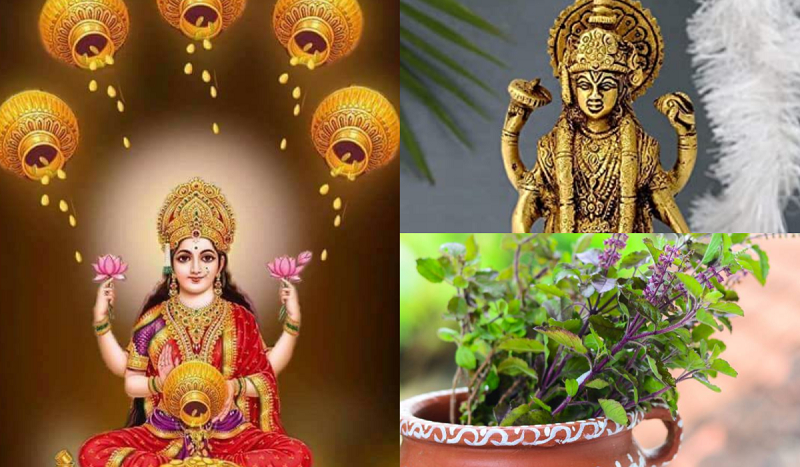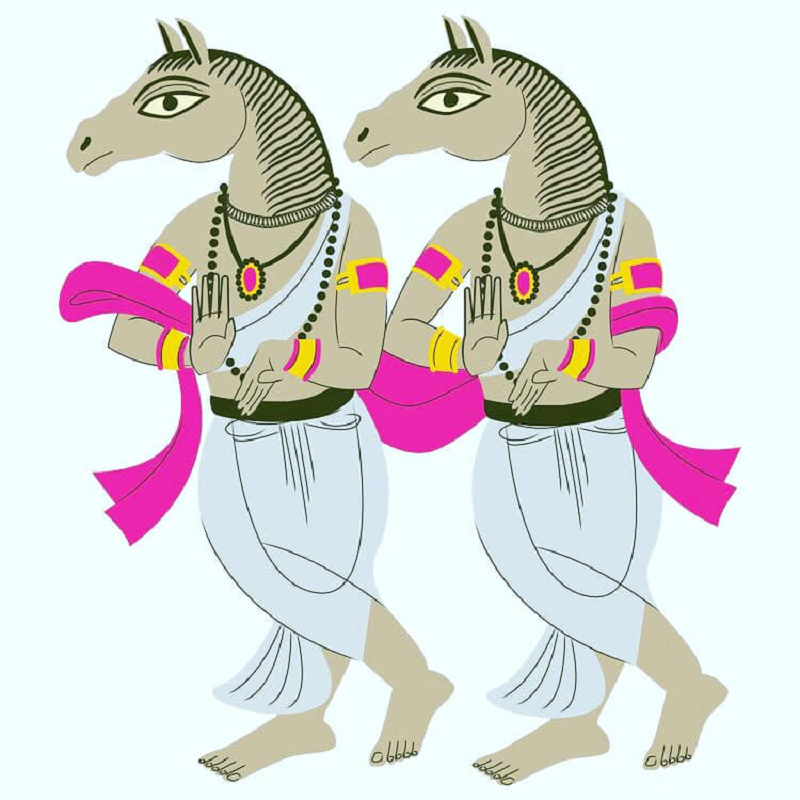The Central Government has just approved 62 new elephant corridors. This is an important initiative towards wildlife conservation. Let us know how many elephant corridors are there in which part of the country and what is their total number in the country.

Image Credit source: freepik
The Government of India is continuously working towards wildlife conservation. Recently the government has approved 62 new elephant corridors. This will not only protect the elephants, but other animals will also be able to take advantage of these corridors. Such questions can also be asked in competitive examinations. Let us know the answers to all the questions related to this and also know how many elephant corridors are there in which part of the country.
After getting 62 new approvals, the number of elephant corridors in the country has increased to 150. This is an important initiative towards wildlife conservation. This was needed because elephant-human conflict was increasing. Meanwhile, an increase in the number of elephants has also been seen in southern Maharashtra bordering Maharashtra's Vidarbha and Karnataka. The number of elephants has also increased in Madhya Pradesh and North Andhra Pradesh. Therefore the number of corridors has increased.
What is Elephant Corridor?
An elephant corridor is a large area of land that elephants use to move between two or more of their habitats. These are often places where there is high traffic of both elephants and humans and as a result conflict is seen. The government secures such places by marking them as corridors. Approval of the new corridors has been given after the recommendation of the state governments and after spot inspection by the concerned officers.
Where how many corridors?
According to the latest report, the maximum number of 52 elephant corridors is in East Central India and their number is 48 in North-East India. There are 32 elephant corridors in South India and the least 18 in North India. West Bengal is at the top with maximum 26 corridors.
- Elephant is the natural heritage animal of India. The central government had taken this decision in the year 2010.
- Project Elephant was started in the country in the year 1992 to ensure the safety and security of elephants.
- Elephants normally eat two quintals of fodder a day and also drink 180-190 liters of water.
- At present, the government estimates that the total number of elephants in the country is more than 30 thousand.
- The 33 elephant reserves available in India are spread over 80777 square kilometers.
- According to the census of 2017, Karnataka has the highest number of elephants at 6049. 5719 elephants are in Assam and 3054 in Kerala.
- The female elephant leads the group.
- Elephant's pregnancy lasts for 22 months.
Asian elephants are most commonly found in India. They have three subspecies - Indian, Sumatran, Sri Lankan Elephant Reserve and Elephant Corridor, which are two different things. Taking steps towards the safety and protection of elephants, the Government of India has identified 110 railway sections passing through the Elephant Reserve.
Where underpasses will be built for the movement of elephants. In order to make the railway crew more visible on the tracks, efforts have been made to make the drivers more sensitive, along with working on a plan to prune trees in the areas where elephants travel. Information about death of elephants in train accidents often comes to light. The Forest and Environment Ministry is working on this in collaboration with the Railway Ministry.










